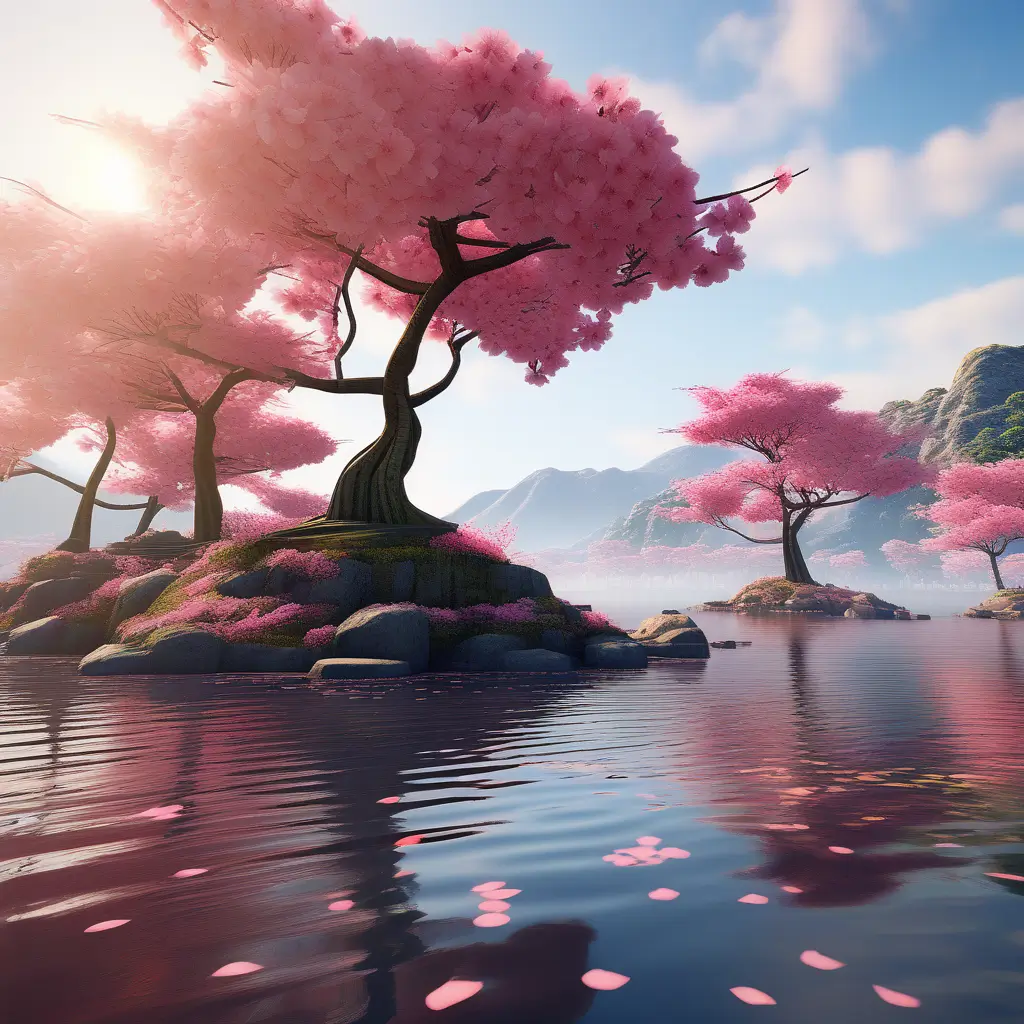Cherry blossoms, with their delightful pink and white flowers, are an iconic sign of spring. These flowering trees in the genus Prunus put on a stunning display for a few short weeks each year when they bloom.
The most famous cherry blossom trees originate from temperate regions in Asia like Japan, Korea, and parts of China. Their need for cold winters and relatively mild summers to set and emerge from dormancy limits where they can reliably grow and flower.
This raises the question – can you successfully grow cherry blossom trees in tropical climates? Tropical areas provide heat but not cold seasons. This article will explore the challenging climate conditions, attempts to cultivate cherry blossoms, and flowering alternatives better suited for tropical regions.
What Are Cherry Blossom Trees?
Cherry blossom refers to ornamental cherry trees that produce light and dark pink or white blossoms in spring. There are a few common ornamental varieties:
- Yoshino cherry (Prunus x yedoensis) – among the most popular for its large, light pink and white blooms
- Taiwanese cherry (Prunus campanulata) – identified by its pink bell-shaped flowers
- Kanzan cherry (Prunus serrulata) – bears early double pink blooms and bronze leaves
These trees have a short 2-3 week flowering period, provide autumn foliage interest, and add visual beauty. Their height ranges from 15-35 ft when mature depending on cultivar.
Climate Needs of Cherry Trees
Cherry blossom trees require exposure to cold winter temperatures for a period of weeks to set flower buds for the following spring. This physiological process provides the chilling hours the plant needs. Conditions should also include:
- Winter minimum temperature of 7°F (-14°C) for at least 45 days
- Summer heat under 85°F (29°C). Higher temps impact growth.
- Sunlight – minimum 6 hours daily
Temperate four season climates offer these characteristics. But tropical environments provide heat without cold periods required to grow cherry blossoms successfully.
Why Cherry Trees Don’t Thrive in Tropical Areas
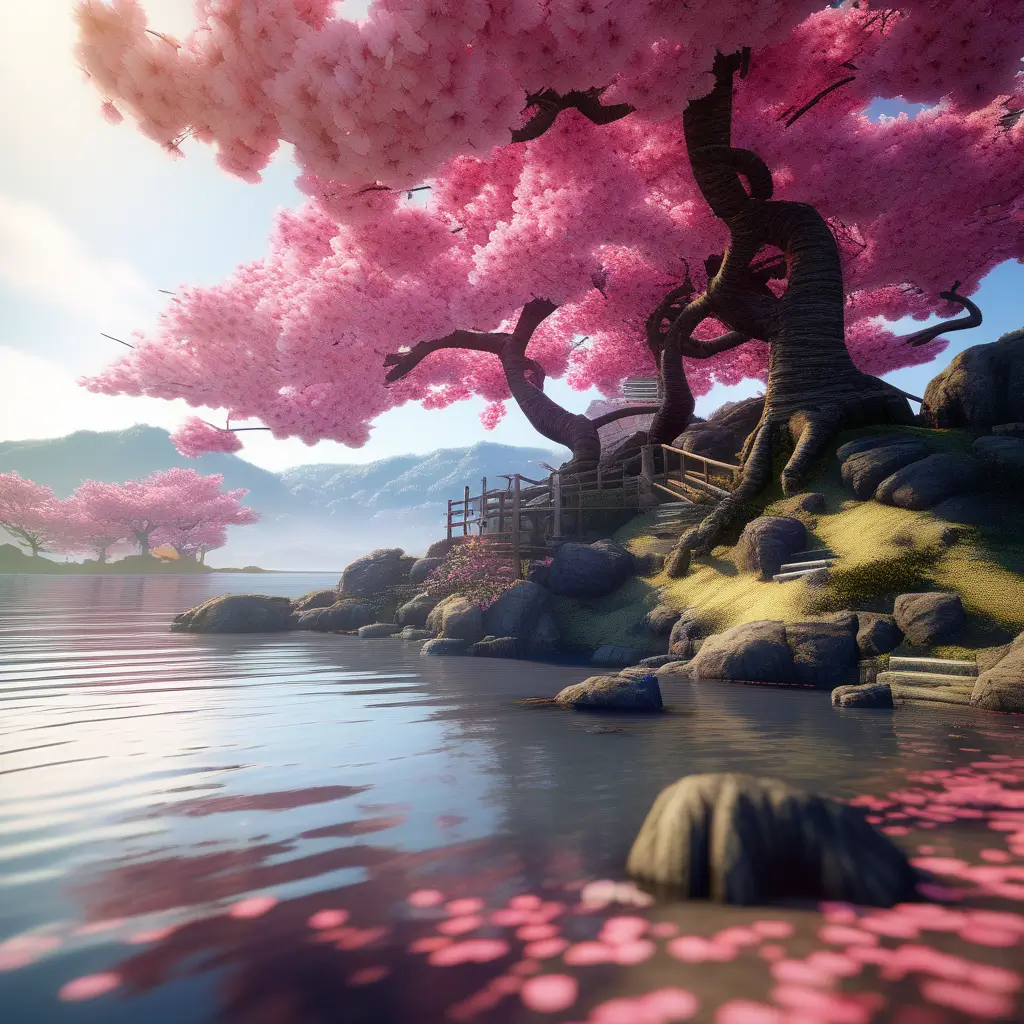
Tropical climates in regions like southern Florida, Hawaii, and parts of Southeast Asia provide habitat for extraordinary biodiversity. But they lack several elements vital for cherry blossoms to flower properly:
Lack of Adequate Chilling Hours
Chilly winter temperatures stimulate flowering in these trees. Tropical areas rarely experience temperatures cold enough or a long enough winter to fulfill chilling hour requirements.
Plants store carbohydrates over autumn and winter. Extended cold triggers chemical changes to utilize those stored carbs for regeneration. Insufficient chilling disrupts this process, interfering with flowering.
Susceptibility to Heat and Humidity Issues
Areas closer to the equator not only lack cold periods but have excessively hot, humid summers that exceed the climate thresholds beneficial to cherry tree health.
- High temperatures over 85°F (29°C) negatively impact normal growth patterns and flowering cycles. Leaves and buds desiccate and die prematurely in extreme heat.
- Excess humidity promotes fungal disease development like root rot and leaf spot. Pathogens thrive in consistently wet conditions found in tropical areas.
Minimal Day Length Variation
Temperate regions have distinct seasonal shifts over the course of a year. Plants respond to changes in day length as well as temperature drops. But tropical zones have minimal fluctuations in daylight throughout the year.
Insufficient light cycle changes disturb the biological signals that initiate cherry tree flowering. Coupled with missing chilling accumulation, out-of-sync light patterns prevent normal bloom development.
Attempts to Grow Ornamental Cherries in Tropical Areas
Gardeners, farms, and scientists have tried with minimal success to cultivate cherry blossom trees in warm environments via three main approaches:
Location
| Method | Explanation | |
|---|---|---|
| Higher elevation tropical areas | Take advantage of slightly cooler average temperatures at altitude while still in tropics | |
| Any tropical region | Creating artificial chilling | Expose dormant trees to cold but above freezing temps to accumulate chilling hours |
| Limited global sites | Specialized cultivars | Hybrids bred to withstand more heat and humidity, but still need some seasonal change |
Higher Elevation Tropical Regions
Cooler average temperatures occur at altitude even in the topics. Hawaiian tropical highlands and parts of Southeast Asia’s Cameron Highlands offer slight seasonal differences lacking in tropical lowlands.
The climate contrasts support limited success growing flowering cherries. But the challenges of improper chilling, humidity, sunlight fluctuations, and disease stillapply. These trees will likely never thrive to the extent found in their nativetemperate habitats.
Japan’s Okinawa archipelago over 500 miles south of the mainland cherry blossom ranges demonstrates this. Its sub-tropical location cumulatively provides slightly under 45 days below 45°F – the bottom threshold to potentially support cherry trees. But only at specific high elevation microclimates across a few islands.
Creating Artificial Chilling for Tropical Trees
Another approach exposes dormant trees to controlled cold temperatures for required chilling accumulation. This highly labor-intensive process provides sustained temps ideal for meeting each cultivar’s unique needs.
Gardeners place containers with mature but bare cherry trees calibrated refrigerators or insulated coolers for 6-10 weeks. Others construct protective structures in open areas and add ice or cold water moats surrounding root systems.
Once the target chill hours reach, trees get moved into greenhouses to protect emerging blooms. Artificial chilling methods combined with protective growing environments have enabled flowering. But the efforts involved limit broader use.
Specialized Cherry Tree Cultivars
Extensive hybridization work aiming to produce cherry trees more suitable for warm climates has yielded designer species with higher heat tolerance. Varieties like Mi Amor cherry tolerates temps into the 90s°F (32°C).
However, these specially bred trees still require some temperate climate influence and seasonal change to flower properly compared to their temperate counterparts. These designer options stay extremely limited – only a handful exist so far.
Can Cherry Blossoms Grow in Tropical Areas?
Given climate realities and effects on their physiology, successfully growing cherry blossom trees in tropical environments stays extremely difficult. The verdict:
Possible but only with extensive protective efforts
True thriving tropical cherry blossoms remain elusive
Even manipulating conditions, flowering typically proves sparse and unreliable. Other flowering species better suit tropical areas.
The best chances remain trying favorable microclimates in specific highland tropical locales. But replicating ideal temperate conditions in the topics essentially never fully succeeds.
Better Flowering Tree Options for Tropical Areas
Many bright, graceful flowering tree species naturally thrive in tropical and subtropical environments. These beauties produce vibrant blooms with much greater success than cherry trees in warm, humid locations.
Orchid Trees
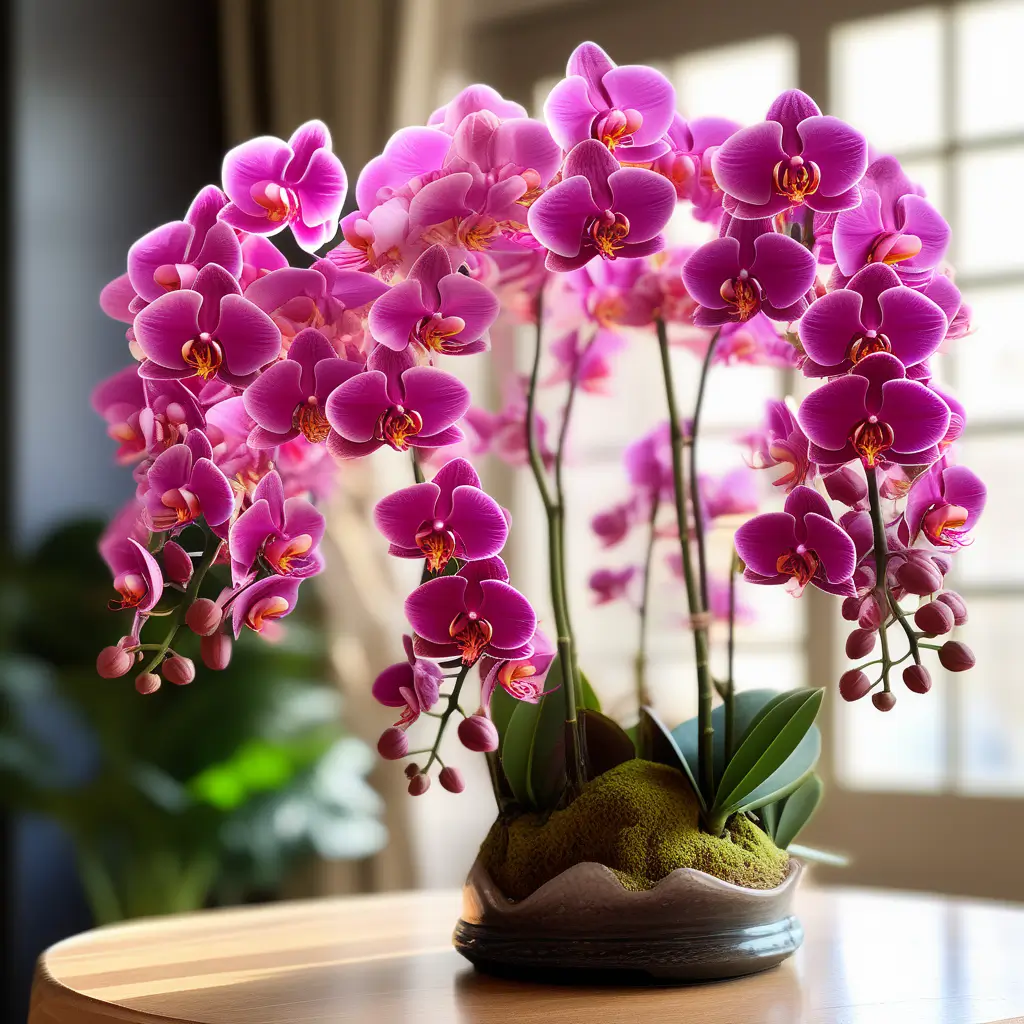
Orchid trees (Bauhinia sp.) showcase showy flowers March-July in a variety of warm zones. Varieties offer shades of pink, purple, red, and white set against lush green leaves. Mature height reaches 30 ft.
Plumeria
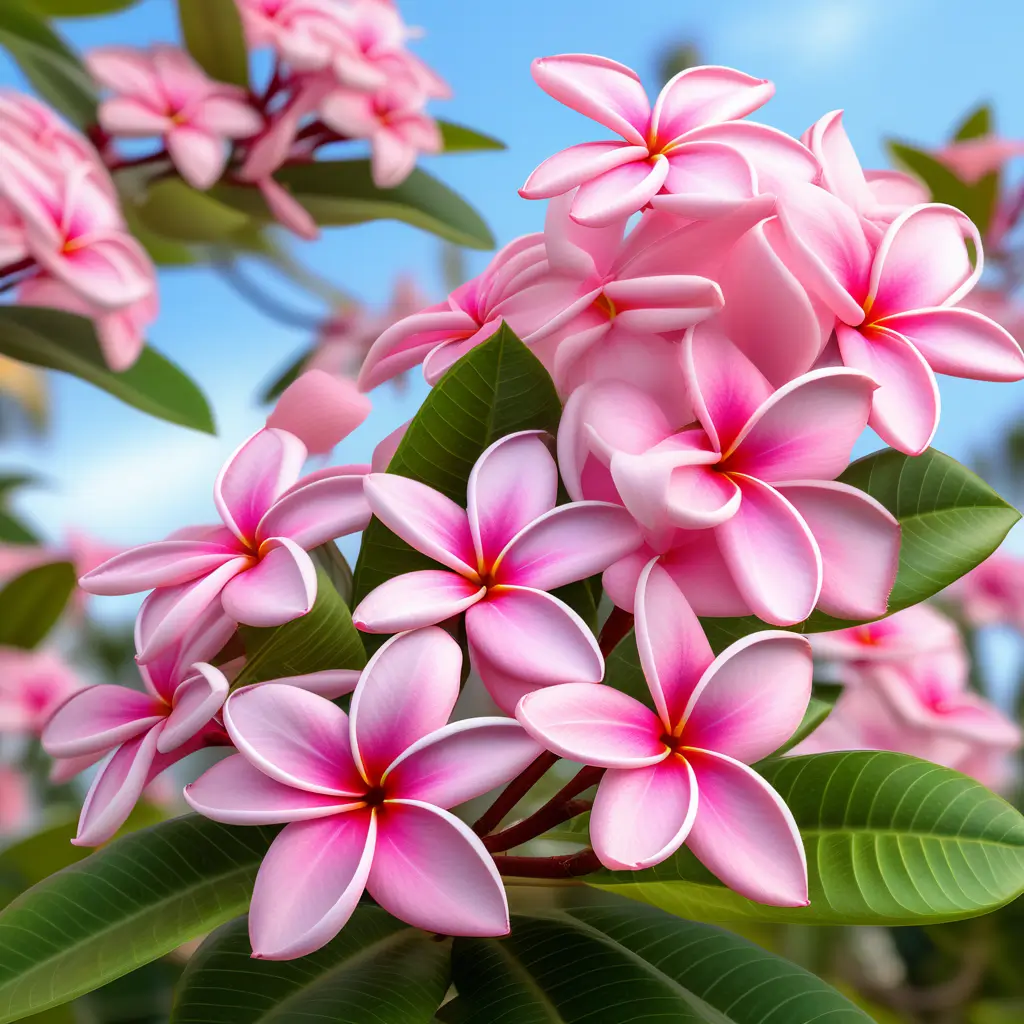
Plumeria (Frangipani) fill tropical gardens with abundant clusters of fragrant blooms June-November. Their multiple colors and forms bring powerful visual impact. These trees reach heights around 25 feet.
Bougainvillea
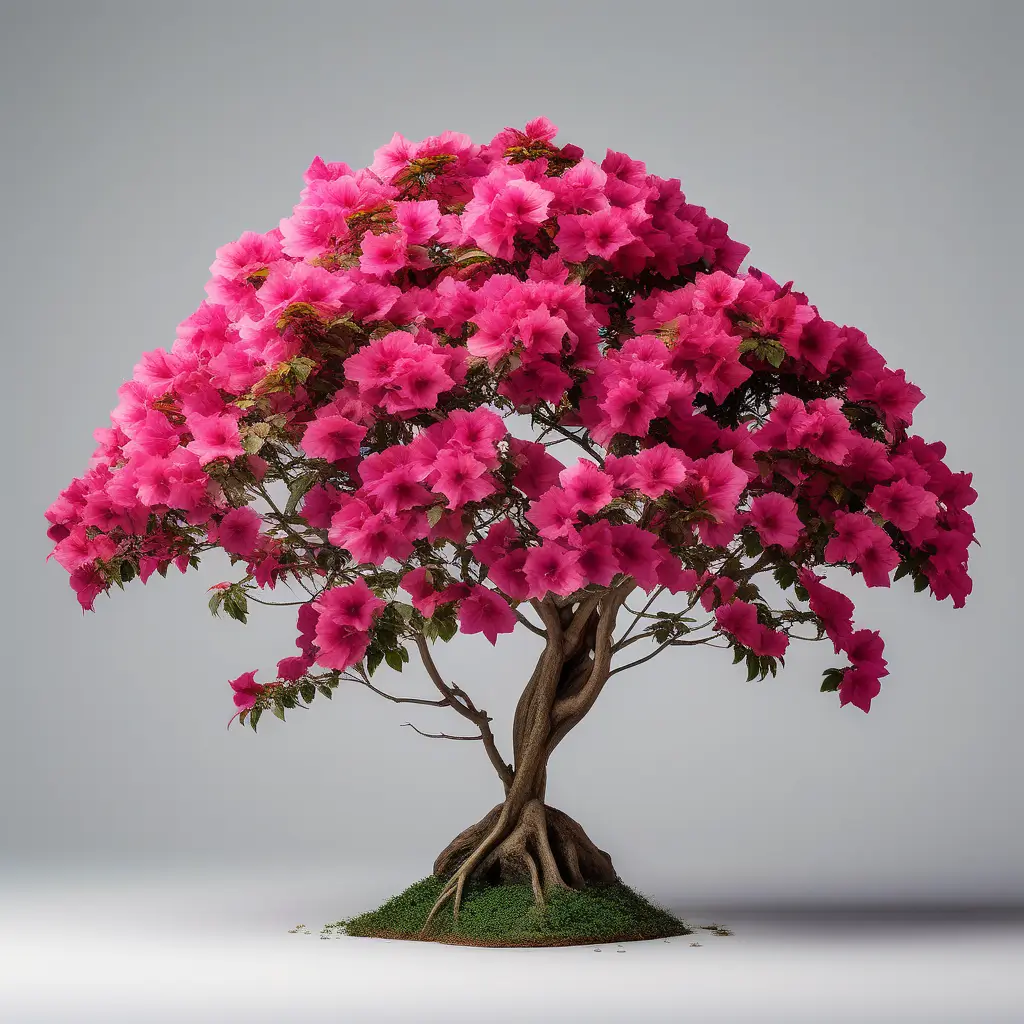
Bougainvillea vine wonderfully trained into tree forms. It delivers vibrant masses fuschia, purple, red, orange, white and other shades almost year-round where hardy. Thorns make it ideal for security hedging.
Conclusion
Cherry blossom trees undeniably contain captivating beauty when flowering. But their needs for substantial winter chilling and specific climate conditions make successfully growing them in tropical environments extremely tricky.
If chilled adequately, hybridized trees may produce some blooms but nowhere near temperate zone floral displays. The lack of cold periods, heat, humidity, and light level fluctuations disrupt their physiology too significantly.
For reliably vibrant blossoms under palm trees, consider orchid, plumeria or tropical vines instead. Save visiting majestic flowering cherries for traveling to iconic temperate locations like Washington DC or Japan. Their beauty there offers lasting inspirational memories.
